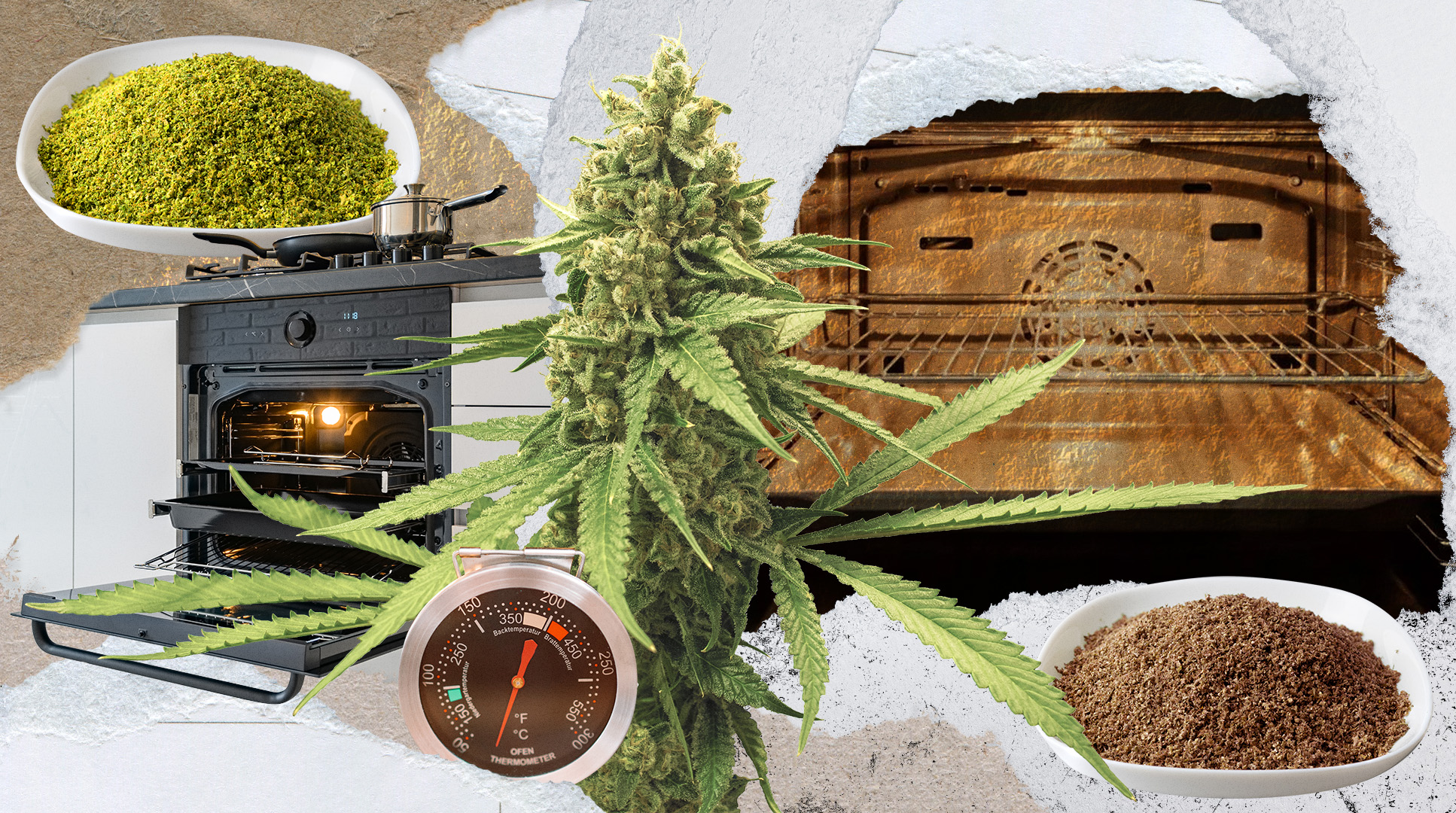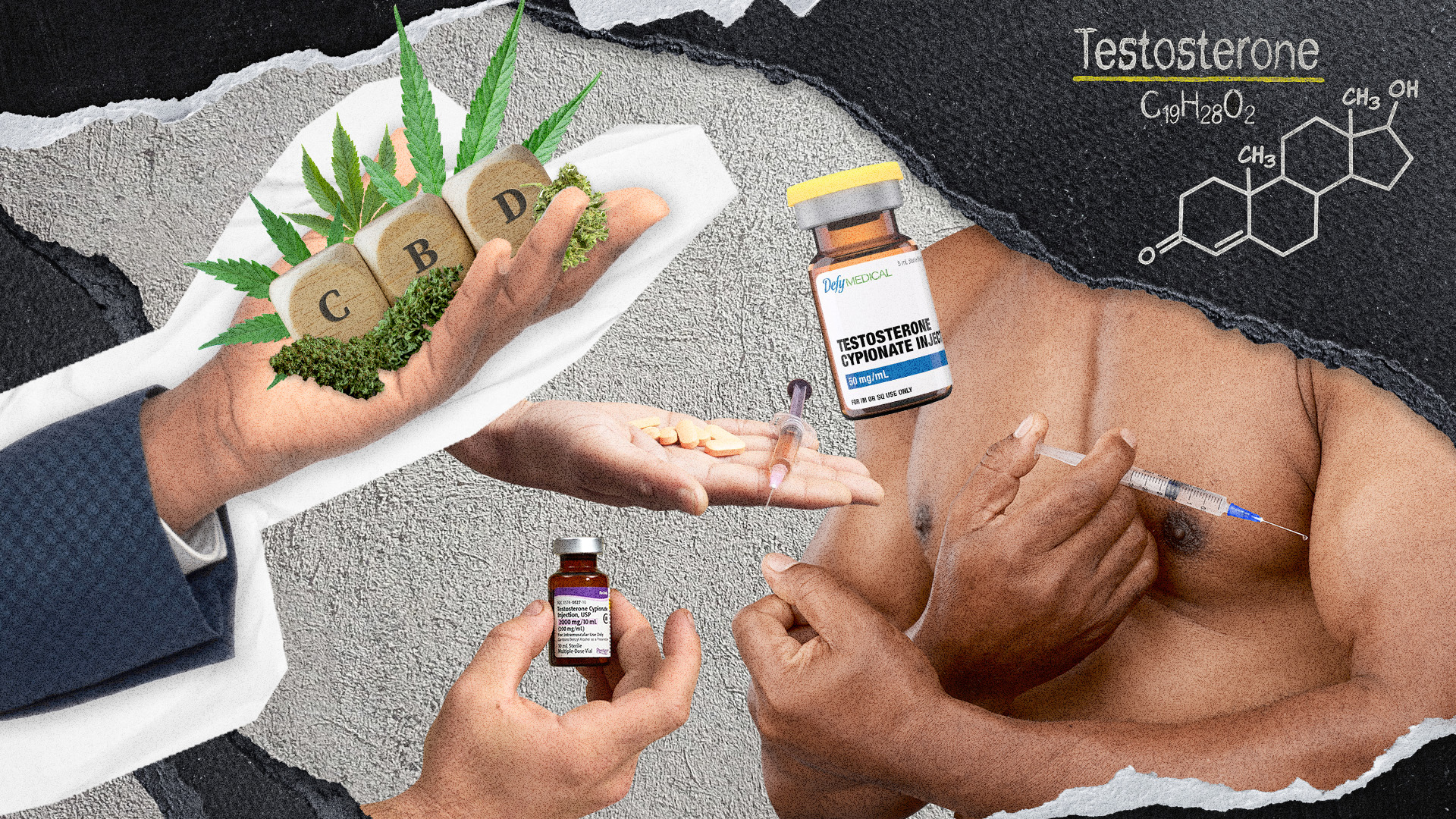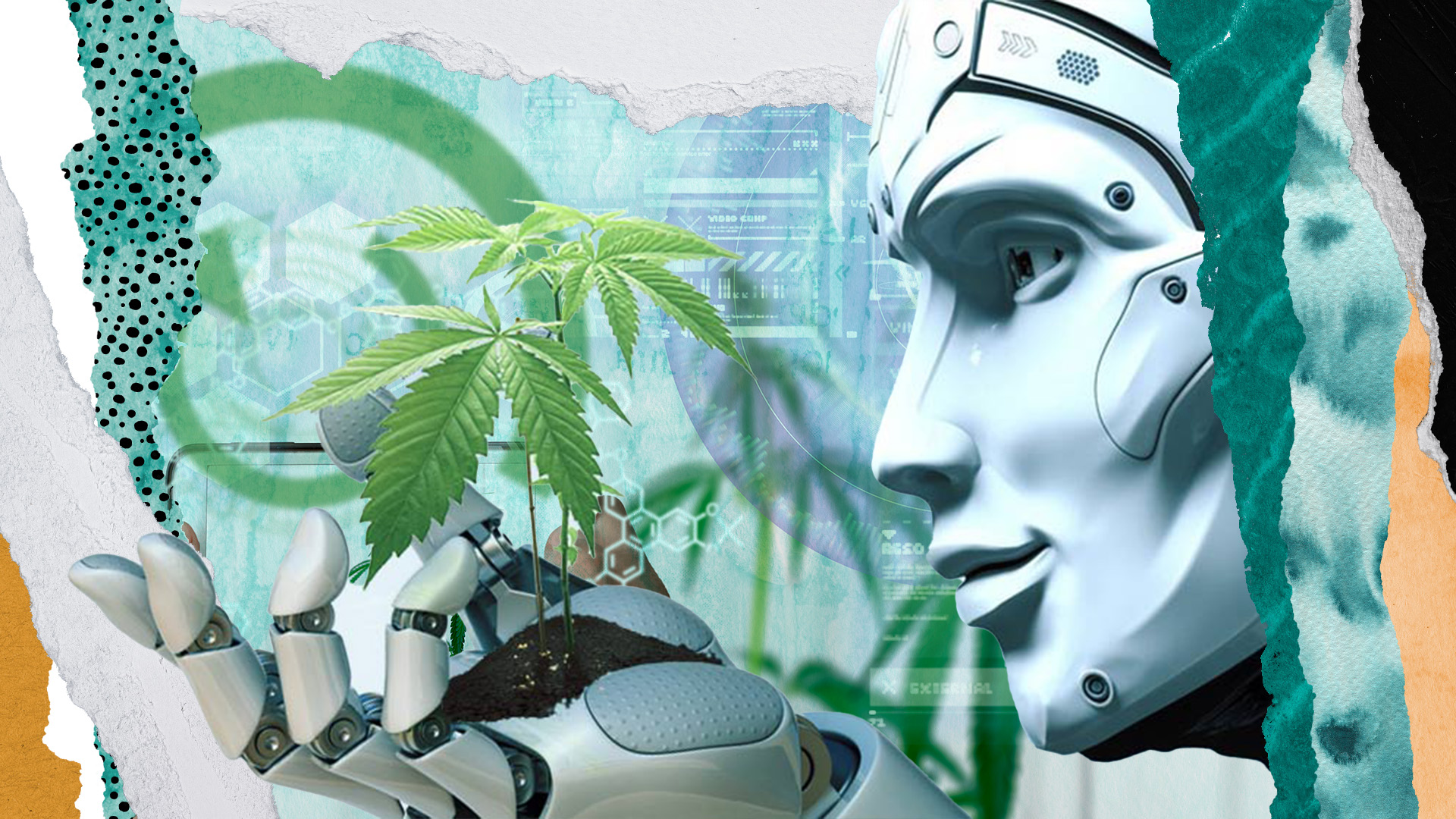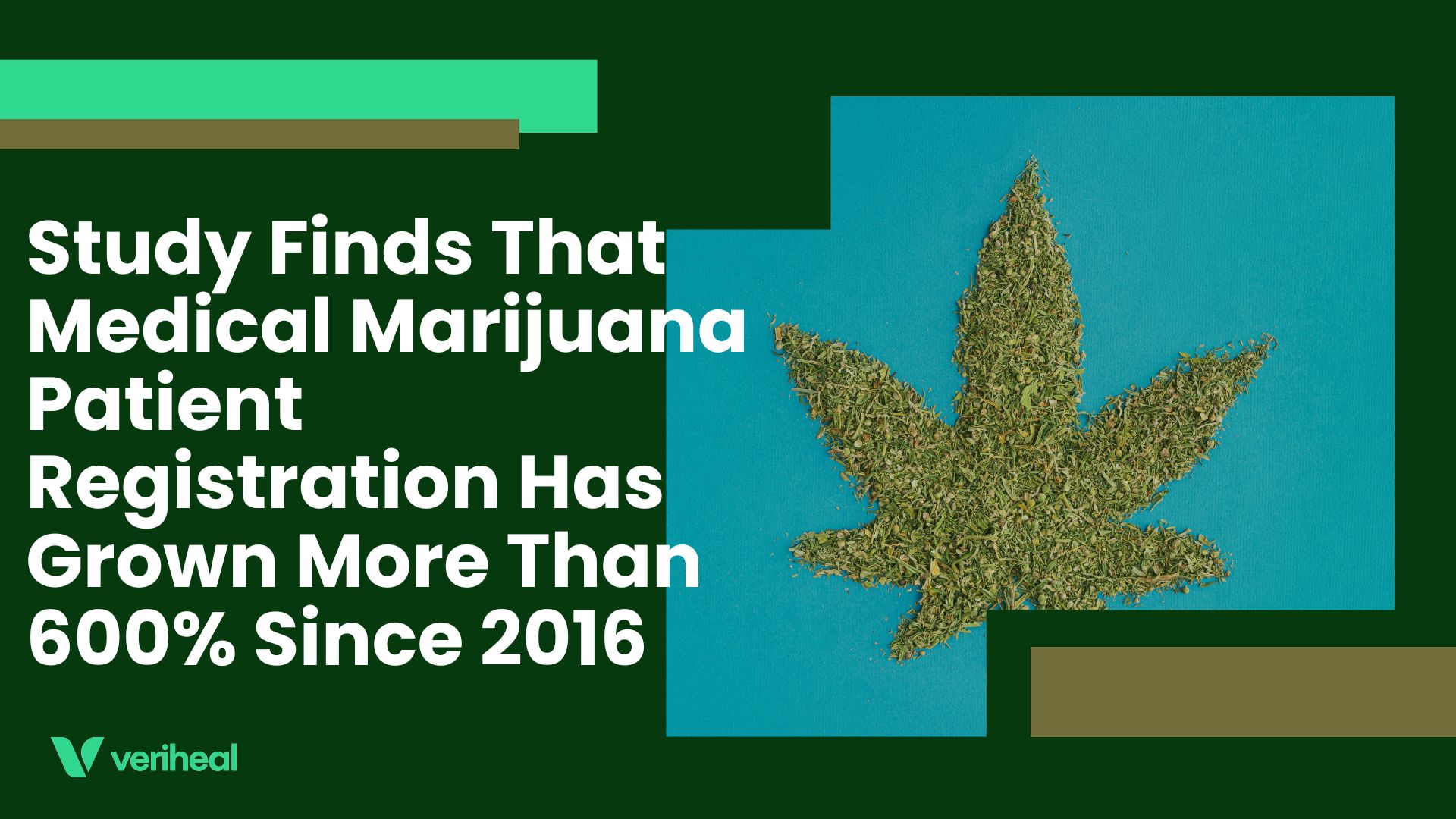The search continues for a reliable method of testing for cannabis intoxication. While alcohol intoxication can be detected with breathalyzers, these devices have been found to be not so accurate when it comes to blood THC content. Making matters even more complicated, one study found that THC levels in blood are not necessarily correlated with intoxication, as different cannabis products affect the body differently and THC lingers in the system for a long time after the initial high.
Luckily, researchers have developed a new psychometric assessment that “incorporates contemporary young adult language to measure the effects of cannabis.” The new method serves as “a viable alternative to standard assessments of intoxication.”
A New Way of Testing for Cannabis Intoxication
Plenty of research relies on participants self-reporting how the cannabis makes them feel, but the researchers of this study believe that this method does not adequately “differentiate between various levels of effects and might not be in line with the common language used among young adults.” Aside from trying to improve the validity of research by using a measurement of intoxication that accounts for the variables associated with cannabis consumption, these researchers are really being innovative by considering the use of language, which evolves as generations do.
Renee Cloutier, an author of the research published in Drug and Alcohol Dependence, explains, “Research on cannabis is growing pretty rapidly, however, the field is still working on some pretty foundational issues about how to measure the effects of cannabis consistently as well as in a way that reflects the experiences of people who are using it.” Cloutier adds that “without this step, researchers are limited in their ability to generate knowledge that is reliable, generalizable, and easy to communicate back to the people who are most invested in it (such as the consumers),” and that “the downstream consequence is that we lack a robust evidence base for creating an informed and empowered consumer base or policymakers who want to develop evidence-based cannabis policies.”
The researchers responsible for this newly developed psychometric assessment looked at the subjective cannabis effects in daily life using contemporary young adult language. In order to evaluate this new scale, Cloutier and colleagues recruited 106 young adults as part of their research. These participants were subjected to 14 days of daily diary entries.
Cloutier and colleagues asked the participants what cannabis they consumed, how they consumed it, and to rate their subjective intoxication by using an older model of intoxication measurement as well as this new psychometric assessment. Cloutier told PsyPost that their study “aimed to validate a new four-anchored item that uses contemporary young adult language to assess subjective cannabis effects in daily life” and that “as expected, cannabis consumption levels were positively associated with the revised subjective cannabis effects slide and this associated was moderated by mode of administration.”
Some Intriguing Findings
Cloutier states, “Specifically, the cannabis consumption-subjective effects link was stronger on vape-only days relative to blunt-only days. Our findings reinforce the need to update and expand our assessments of cannabis effects to align with the language used by young adults, rather than focusing narrowly on ‘degrees of impairment’ or ‘intoxication’ as well as account for variability in effects by mode of administration.” The contemporary young adult language in question is reflected by the scale, or psychometric assessment’s four anchors (relaxed, chill, high, baked). Cloutier and colleagues found that this new scale has a larger standard deviation compared to the older versions and that this suggests the “anchors encouraged use of the full scale.”
According to PsyPost, Cloutier explained, “First, we assessed subjective cannabis effects the day after a cannabis use event with a single item broadly referring to how participants felt…It is possible additional items could capture more important effects than what we specifically studied. It is also possible that participants did not fully recall the effects a day later – had we assessed the effects in real time (e.g., while participants were actively using) we may have gotten different results.”
Cloutier adds: “Because this was a secondary analysis from a larger study focused on young adults who regularly use both cannabis and alcohol, findings may not generalize to individuals from other age cohorts who do not regularly use alcohol. The sample was also primarily white, so findings may not generalize to individuals who do not identify as white.”
However, Cloutier’s research did find that subjective cannabis effects were higher on days when cannabis was consumed in combination with nicotine, but the same cannot be said for combined use with alcohol. They also found that the effects were “weakened when smoking blunts or joints” in comparison to vaping.
What Is a Psychometric Assessment?
Psychometric assessments are tests that are designed to measure one’s cognition and performance. However, these are still subjective to the participants’ responses. According to Wisestep, disadvantages of using psychometric assessments include the fact that answers are usually fixed, the answers depend on the participant, and there is no way to tell if they are accurately reflecting what they are feeling.
While the use of more contemporary language in these types of assessments is a shift in the right direction, there is still the issue of subjectivity and self-reporting. Should future researchers choose to make use of this new scale, how can one be certain that the respondents are accurately reflecting their level of intoxication despite more positive associations with this new assessment compared to older ones? However, this is still progress and contributes to more accurate self-reporting.
Cloutier and colleagues state that “as cannabis use is decriminalized in the U.S, cannabis measures should incorporate contemporary young language.” Unlike the certainty of the validity of the outcomes from this new assessment, that is a statement we can say is certainly true. Contemporary young adults make up the majority of the cannabis-consuming population, and cannabis research needs to adapt and evolve with them. Innovation like the development of this new assessment with contemporary young adult language is the kind of initiative we need in the cannabis industry.
Author, Share & Comments
















